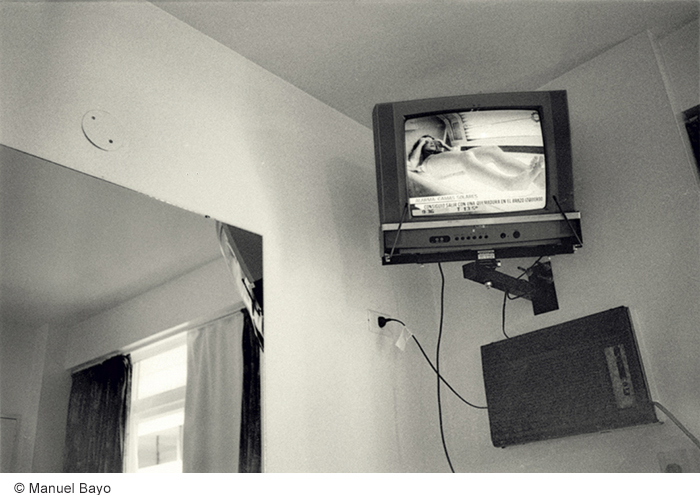Women's photography (a note)
© Guillermo Labarca
 Female photography or made by women exists since images are captured with a camera (there are some references about this in this magazine: see editorial in number 39). Today and for a few decades now, there are women photographers who have used photography to denounce the oppressed situation that women have in society and to claim equality. Some of the pioneers of photography followed established patterns that simply reflected the state of things without further questioning. But others, already in the nineteenth century, were pioneers not only as photographers but also started to question gender stereotypes by critically representing the institution of marriage and introducing uncomfortable or taboo themes in societies extremely oppressive towards women.
Female photography or made by women exists since images are captured with a camera (there are some references about this in this magazine: see editorial in number 39). Today and for a few decades now, there are women photographers who have used photography to denounce the oppressed situation that women have in society and to claim equality. Some of the pioneers of photography followed established patterns that simply reflected the state of things without further questioning. But others, already in the nineteenth century, were pioneers not only as photographers but also started to question gender stereotypes by critically representing the institution of marriage and introducing uncomfortable or taboo themes in societies extremely oppressive towards women.
Currently and from the middle of the last century women photographers appears who intend to contribute in defining a feminine identity that goes beyond the denunciation of its predecessors. Aware that people's identity is intimately associated with their image of themselves and that they will not be heard if they are not seen, even by other women, explains that photography and associated activities such as videos and film, assume a leading role, as a mirror of reality. Also aware that neither they, nor other women in the past, had participated in or intervened in the construction of the identities that the system attributes to them they seek self-representation.
Based on such motivations they took a step forward working on their own life experiences, where their own body and sexuality define them and distinguish them from men. Photography and other visual media are transformed into autobiographical media that puts personal experiences at the centre. There is a development of this strategy that goes from Carolee Schneemann and Maya Deren, or Jonas Meken to Nan Goldin, Cristina Garcia Rodero, Paz Errazuriz, Zaida González and many others.
The target of these authors are themselves, their body, their eroticism, the images of their travels, coexistence and the ties they establish with very defined groups such as the elderly, vulnerable populations, different ethnic groups and their culture, including women who photograph wars. Where they express their sensitivity, developing, at the same time, a photographic language characterized by an appreciation of the concrete, vitality and sensuality. Thus, from their own subjectivity, they have entered themes that were reserved for men: eroticism, nudity, icons of society, social conflicts and vulnerable groups. In other words by building the feminine image, looking at how women are and feel , they have invented a space that is ultimately a universal space.

